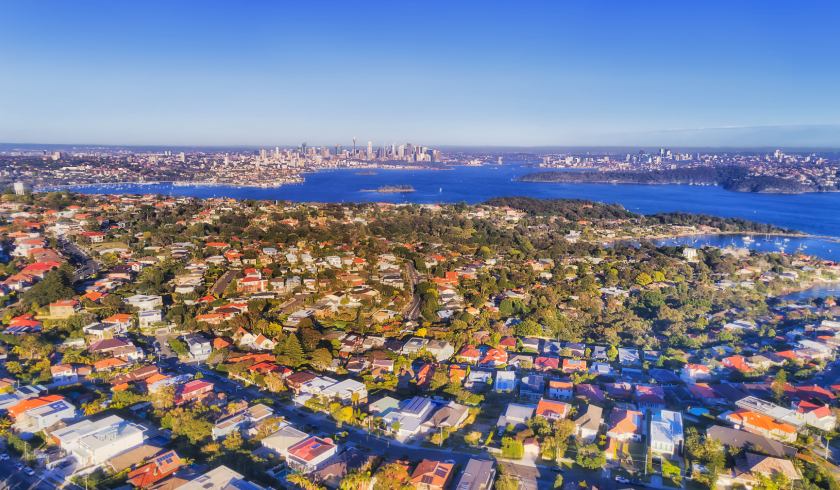Rents rise at sharpest pace in 7 years
A small increase in new listings in the month of June did little to create space in the rental market, with demand remaining strong across the country.

PropTrack’s data from the June 2022 quarter revealed that median weekly advertised rents increased by 2.2 per cent over the previous three months and were 7 per cent higher year-on-year, which is the strongest level of growth experienced since 2015.
According to Cameron Kusher, PropTrack’s director of economic research, the data from this quarter reflects both a slow return to pre-pandemic norms as well as tough news for those seeking rental properties in the short term.
Over the past year, the divergence between capital city and regional rents has been significant, with capital city rents 4.4 per cent higher compared to a significantly larger 11.4 per cent increase in regional areas. But the distance between the two might be starting to narrow.
Rents in the combined capital cities increased by 2.2 per cent over the quarter — just slightly lower than the 2.3 per cent rise in regional markets.
“Over the quarter, demand for rentals has remained strong across the major capital cities. Though, demand has started to ease somewhat in the regional markets that were very popular during the past few years, indicating a shift back towards cities as life returns to normal,” Mr Kusher said.
“While house rents were driven higher as people sought out more space in the pandemic, we’ve started to see this even out over the quarter. House rents increased by 2.1 per cent over the past three months and 8.9 per cent year-on-year, while unit rents were 2.3 per cent higher over the quarter and 4.8 per cent higher year-on-year.”
Over the past 12 months, rental growth has been greatest in regional South Australia (17 per cent), Darwin (14.6 per cent), and regional Western Australia (12.8 per cent). All of the regional markets across the country except for those in NSW and Victoria recorded double-digit rental growth.
Meanwhile, in the cities, Adelaide and Darwin were the only capital cities to record double-digit rental growth. And even with costs increasing across the country, the inner- and middle-ring areas of Sydney and Melbourne still remain lower than they were pre-pandemic.
Mr Kusher noted that investor activity, while picking up, was not making a big enough impact to slow rising costs. For many, the financial incentives were not lining up well enough to encourage increased investment or dedication to the long-term market.
“While investor borrowing as a share of total lending is increasing, we’re still seeing a heightened volume of sales from investors and the re-opened borders are likely encouraging landlords to move their properties from the long-term to short-term rental markets, further reducing supply,” Mr Kusher noted.
And despite strong growth in rents over the past year, the rapid rise in property prices has outpaced rent increases, which has caused gross rental yields to drop. Nationally, rental yields were 3.8 per cent in June 2022 compared to 4.1 per cent in June last year.
In the short-term, rental markets look to remain tight for some time.
“The ultimate solution to the tightness of the rental market is more rental properties. Increased investor purchasing is addressing this, but it will take some time to ease the existing pressure,” Mr Kusher said.
“Federal and state governments continue to offer incentives to first-home buyers, and with property prices falling and rents rising, this may encourage some to move from renting to ownership. Over time this may ease some of the rental supply pressures, but it is likely to mostly be offset by the return of arrivals from overseas, most of whom seek rental accommodation on arrival.”

